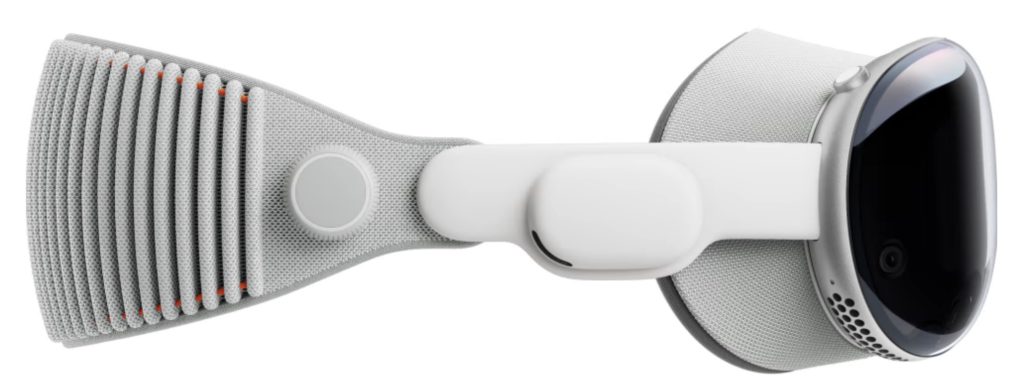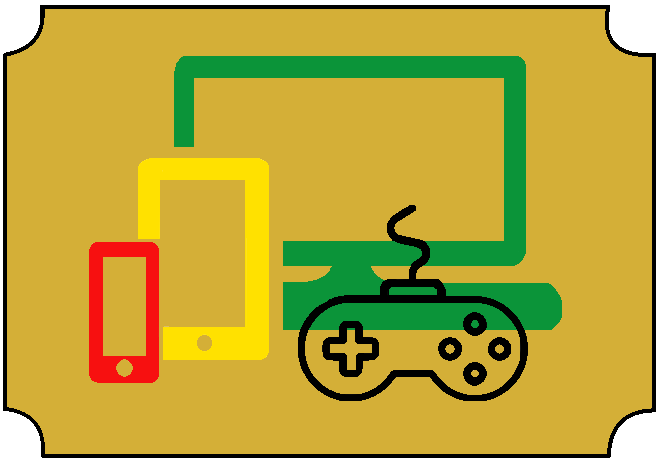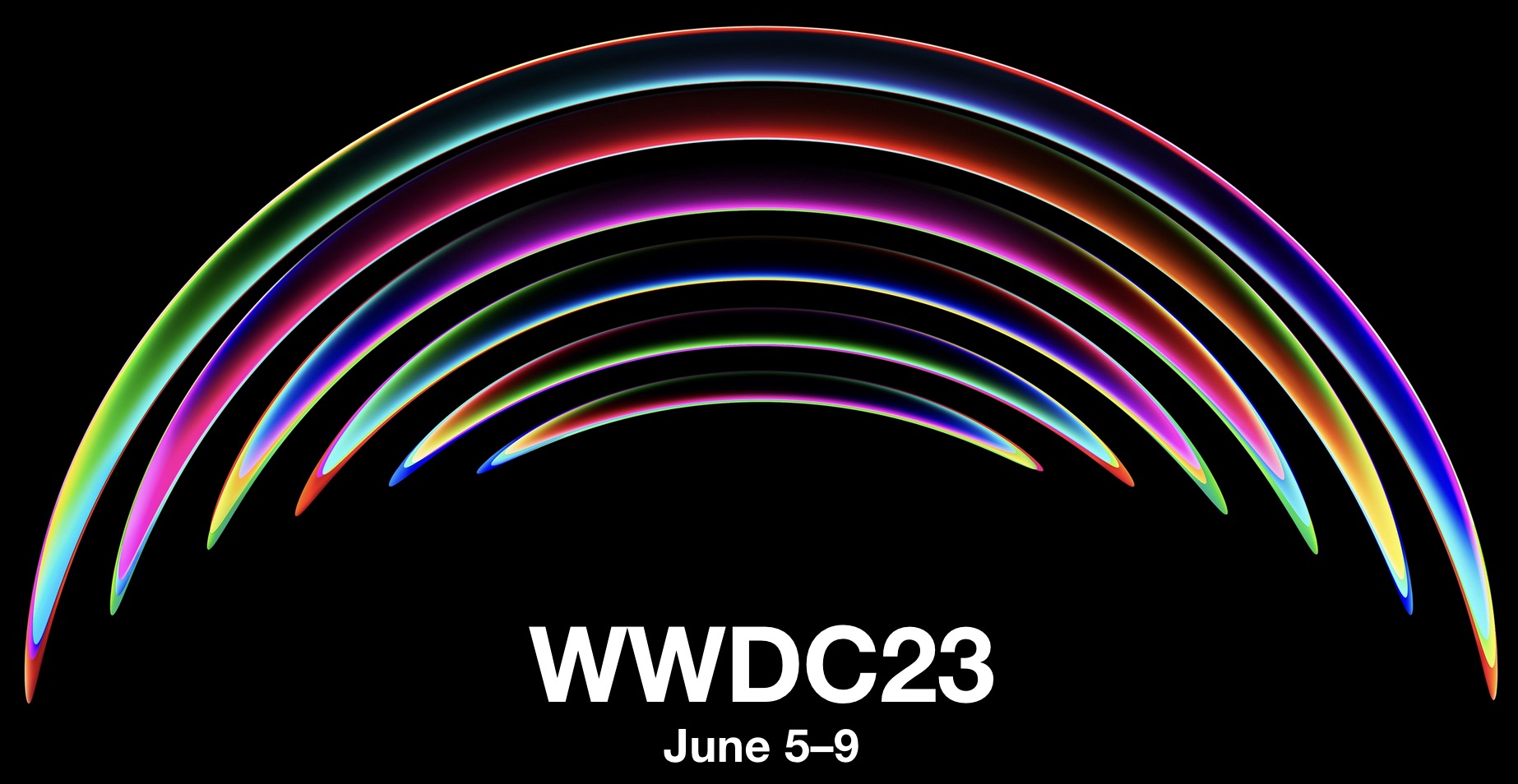My opinions are italicized and sources are in blue.
WWDC 2023 ecosystem wide updates
All of this information came from their keynote on June 5, which is on YouTube. I will also include links to their respective product pages.
Since Apple has created a tightly integrated ecosystem so that their products work best when you have more of their products, a lot of the changes announced onstage can be found on iPhone, iPad, Mac, and Apple Watch. Most of these are in Apple’s first party apps. Also, most of these updates have been on Android and other services for years or even decades.
iMessage received some quality of life improvements and a couple of new features. Firstly, iMessage apps have been moved from the top of the keyboard to right next to it. Replying to a message has been changed to swiping right on the specific message. You can now search specific conversations for a certain word, instead of searching everything. The final quality of life improvement is that audio messages are now transcribed, so you can read them without having to listen to them. The first new feature is sending your location through iMessage. The other new feature is making custom stickers, which could now be used anywhere emojis can currently be used.
FaceTime added 3D reactions like hearts, confetti, and fireworks. Some of these reactions can start with just a hand gesture. Based on the demos, there is a 3 second delay, so you would look stupid while waiting for the reaction to initiate.
Widgets can now be interacted with on the home screen without opening the app. This was such an obvious feature that Android did it decades ago.
AirDrop can now transfer files over the internet if the connection fails or you leave range. This feature would be coming later this year. AirDrop is possibly one of the best ideas Apple has had. Why they do not at least license it to Android and Windows for buttloads of money doesn’t make any sense to me.
The autocorrect when using the Apple keyboard has become more accurate and can be easily reverted back to the original. The predictions for what you are going to type has also been improved.
Safari can now use profiles, which Chrome has had for years. Profiles help you separate your history, extensions, Tab Groups, cookies, and favorites. You can quickly switch between profiles as you browse. Safari search is now faster and more detailed. Private browsing tabs are locked behind your password and block URL tracking. One-time verification codes you receive in Mail are filled in automatically, so you can log in without leaving Safari. I switched off Safari years ago and I now use Firefox now.
AirPlay is Apple’s term for broadcasting audio to HomePods or video to Apple TVs. Devices in the AirPlay list are now shown by relevance, and the OS can send suggested connections proactively based on your preferences. AirPlay is also coming to some hotels, so you can watch your own movies on the tv. Finally, AirPlay would allow other passengers in a car to recommend songs to play. The only thing I don’t like about this is that Apple is expecting you and everyone else to own their products.
With AirPods, there were some minor but useful changes, like more seamless Automatic Switching. The major feature announced was Adaptive mode, which allows you to hear important information but silences loud and distracting sounds. Also, when you start talking to someone else, it would lower your music and reduce background noise so you could hear the other person better. These features are only coming to the second generation of AirPods Pro. I find that absurd Apple is leaving out not only the first generation of AirPods Pro but also AirPods Max. Imagine spending $600 on headphones to get less features than a product that costs half as much. There is no reason why this is not on other AirPods and I hope that it comes to the rest later. Lastly, when you’re on a phone call, instead of having to pull your phone out to mute yourself, you can now just press the stem or the Digital Crown on AirPods Max.
Maps can now be downloaded and used offline. Even though it is offline, you would still get turn by turn navigation. Maps also has better electric vehicle routing, which means when driving an electric vehicle, you can now choose a preferred charging network and see real-time charging station availability.
Siri can now be triggered by just saying “Siri” instead of saying “Hey Siri”. You can still say “Hey Siri” if you want to be nice to your future AI overload. This is bound to cause more accidental activations without having a real benefit to the user. Siri can also now handle back to back requests but only in English. Siri can not handle French or Spanish.
The Health app has been updated to include mental health and vision health. Mental health is assessed by taking standardized mental health assessments and by a simple UI. Vision health is assessed by the amount of time you spend outside. They claim that doing this would decrease the risk of Myopia, or nearsightedness. Another part of this is the Screen Distance feature in Screen Time that can encourage your child to move the device further away. This is funny since Apple just released a headset where the screen is right in front of your eyes. The Health app is now on the iPad.
Privacy has always been one of the main selling points of Apple products. Communication Safety now includes protections for sensitive videos and photos (mostly nudity). It extends beyond Messages to include content sent and received in AirDrop, FaceTime messages, Contact Posters in the Phone app, and third‑party apps. Lockdown mode can be turned on across Apple devices. They say it is for “sophisticated cyber attacks”, but that seems to be an over exaggeration.
The Notes app now allows you to sketch directly onto PDFs and scanned documents in your note using Apple Pencil. PDFs and document scans are presented full width in your note and it auto fills your information from contacts.
And the most important feature. You can now search for your dog in the photos app. And the least important feature. New Freeform drawing tools. I say this because the only reason I have Freeform is because it was installed without my consent from the last OS version.
WWDC 2023 OS exclusive features
iOS 17
The first two changes reside in the phone app. You can now make personalized Contact Posters that are shown whenever you receive a call from someone. It would show their name, image, and have custom colors and fonts. It is like the iOS 16 lock screen update. The second feature for the phone is Live Voicemail. After you send a call to voicemail, you would see a live transcription of the message and you can pick it up at any time. This would also show the Contact Poster of the person calling. Apple still has not added T9 dialing support for some reason. T9 dialing is on every other phone app and it has been for over 20 years.
The only iPhone exclusive feature for iMessage is Check In, where you are asked to check in to see if you made it to your destination. If you do not respond, then it would alert your family that you did not make it to your destination and it would share your location.
StandBy gives you glanceable information designed to be viewed from a distance. It turns your iPhone into a bedside clock, showcases special moments from your photos, and gets the right information at the right time with widget Smart Stacks. It can also show Siri results.
Apple made a journal app. Since this is part of an OS update, it would be installed without your consent.
NameDrop swaps contact data with another iPhone user when you hold the two phones close together. While this is cool on its own, you can also choose the specific phone numbers or email addresses you want to share, and you can share them along with your Contact Poster. This means you could have a work profile and a personal profile. You also could just give them the wrong information entirely. AirDrop and SharePlay can also initiate when you hold two iPhones together.
iPadOS 17
iPads can now have a similar lock screen experience as iPhones after iOS 16. This means that you could customize the font and color of the clock, have widgets on the lock screen, and there is a kaleidoscope wallpaper that animates while you rotate your iPad.
Stage Manager now allows you to resize windows more freely and you can even overlap windows. You can also connect external webcams to your iPad and use your iPad as the camera for an external display.
MacOS Sonoma
MacOs now has the same slow-motion screensavers that the Apple TV has. When you log in, they seamlessly become your desktop wallpaper.
Widgets now can be placed on the desktop, including iPhone widgets. These widgets will fade into the background whenever you open a window. While I don’t even like files on my desktop, I’m sure some people would enjoy this feature.
Video conferencing is the main focus of this version of MacOS. Presenter Overlay is like having a whiteboard in your video call. Your screen is placed between you and your background to keep the focus on you. You can move, walk, and talk in front of your content. You can also appear as a small bubble and float around your content and point at things. You can now start screen sharing on Zoom right from the traffic light menu. When using your iPhone as a webcam, you can control the camera from MacOS.
Some minor features are you can turn any website into a web app in Safari and there is a Game Mode on Mac. That would be very useful for all of the games on Mac. I said that sarcastically. Apple did announce an easier way to bring games to Mac but I doubt many studios would bring their games to Mac.
One major feature that should have been on Mac for years is sharing your screen with a remote desktop. This would allow you to access your Mac from anywhere with a good internet connection. Apparently, Apple did not think this was important because they didn’t even mention it in their 2 hour long keynote.
WatchOS 10
WatchOS has received the most useful and unique updates. Most of the apps have been redesigned to use the entire display and show more content. Smart Stack widgets have been added to the watch face and you have to scroll to see useful widgets. The Multitasking button on the side of the Apple Watch has been changed to activate Control Center.
I didn’t know this, but apparently new watch faces are part of the OS update. The new faces include Snoopy and Woodstock, which react to the weather and get active when you are working out. The other face is Palette, which shows three distinct colors that change as the day progresses.
Two workouts, Cycling and Hiking, have received more useful information. You can connect to Bluetooth-enabled accessories to add cadence, speed, and power to your Workout View for cycling. The compass app now shows where the last place you had cell service in case you need to make an emergency call. You can browse trail information including name, length, time, elevation gain, difficulty, and photos. Finally, the map on Apple Watch now has topography and your watch would notify you when you pass a certain elevation.
tvOS 17
tvOS 17 brings FaceTime to Apple TV. While I don’t know of any TVs that have a camera, the only way that this feature could be used is by using an iPhone’s camera. While FaceTime is the only “major” feature, the other features are using an iPhone to find the remote and the screen saver can now show your photos.
3 Macs announced at WWDC
The MacBook Air now has a 15” version. The only major difference between the 13” and the 15” is the screen size and the price tag. It has the same terrible I/O, which is only 2 Thunderbolt ports, MagSafe charging, and a headphone jack. It has the same battery life, which is advertised as up to 18 hours. It has the same camera notch that doesn’t have Face ID for some reason. The only other difference is the 15” has 6 speakers, while the 13” only has 4. Going back to the price tag, while it may seem that the 15” is $200 more then the 13”, if you look at the base configuration, the 15” has an 8 core CPU and a 10 core GPU. In order for the 13” to have the same specs, then you would have to pay $100. So that puts the price difference at $100, which I find is reasonable. What I find more important is that the 13” got a $100 price cut, which makes it easier to recommend.
The Mac Studio only received a better processor. It now uses a M2 Max and Ultra instead of a M1 Max and Ultra. In its max configuration, it now has 4 more CPU cores, 12 more GPU cores, and support for 192GB of memory instead of 128GB. It stayed at the same price, which is a good thing. I just wish that the same price wasn’t over $8000 on its maximum configuration.
The Mac Pro has finally received Apple Silicon. Compared to the previous Mac Pro at its maximum configuration, the new Mac Pro is $40,000 cheaper. But comparing the new Mac Pro to the previous version doesn’t make any sense. The new Mac Pro has the exact same processor as the Mac Studio, the M2 Ultra. This means that the two computers would have the exact same performance. The only reason you would pay the over $3000 premium to get the Mac Pro instead of the Mac Studio, is PCIe expansion. For the audio industry, PCIe expansion is required for their line of work. But the Mac Pro doesn’t make sense for them either. Snazzy Labs made a great observation that since the Mac Pro took so long to come to market, the audio industry has switched to using Thunderbolt. That is the story of the new Mac Pro. A $12,000 computer with little purpose that is just as capable as its smaller, and much lighter, sibling.
Apple Vision Pro
The Apple Vision Pro was the highlight of WWDC. It is the best headset that is coming to market. But the fact that it is a headset means that there would be a lot of problems with it.
Just looking at the specs, this is the best headset by far. While the exact resolution of the displays is unknown, Vision Pro has at least 3 times the resolution of its competitors. It has the highest performance, since they put their M2 laptop chip into the headset. It has the best hand, head, and eye tracking. I could keep going on but you get the idea. If another headset has it, then Vision Pro does it better. This makes sense since Vision Pro is 3 times more expensive than any other headset.
The problems with headsets have never been the performance, it is what you can do with it. Currently, headsets are only used for entertainment and there is a good reason for it. VR creates a level of immersion that is impossible to achieve with a TV or a monitor. But, VR does not have any advantage for productivity work. Writing an essay doesn’t have to be immersive. If anything, using controllers or hand gestures would be worse than just using a keyboard. The best use of a headset for productivity is to add more displays.
All of this might change. Since Apple is one of the largest companies in the world, when they enter a product category, they usually dominate it. Now that Apple is in the headset market, developers would follow. Vision Pro is a call to get developers working on VR/AR. While today the Vision Pro is just another headset in a dying product category, it might become the next iPhone. But that could only happen if it gets cheaper as well.

Twitch terms of service change causes streamer revolt
Twitch streamers are pushing back against the platform’s new “branded content guidelines” that will put tight limits on how advertisements can be run on their channels and at least one prominent channel is threatening to leave Twitch entirely if the planned changes aren’t dropped. The new policies are a potentially big problem for a lot of streamers. Many streamers favor the types of sponsored content that Twitch is now outlawing because they’re able to serve ads to viewers without giving a cut to Twitch. To some of the biggest streamers, these brand deals are the backbone of their income. Because of community backlash, Twitch has officially reversed course on a set of controversial branded content guidelines. “These guidelines are bad for you and bad for Twitch, and we are removing them immediately,” said a tweet from the official Twitch account.

